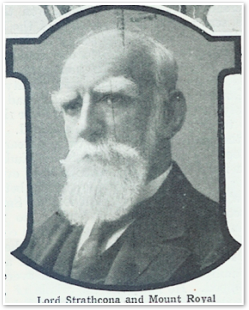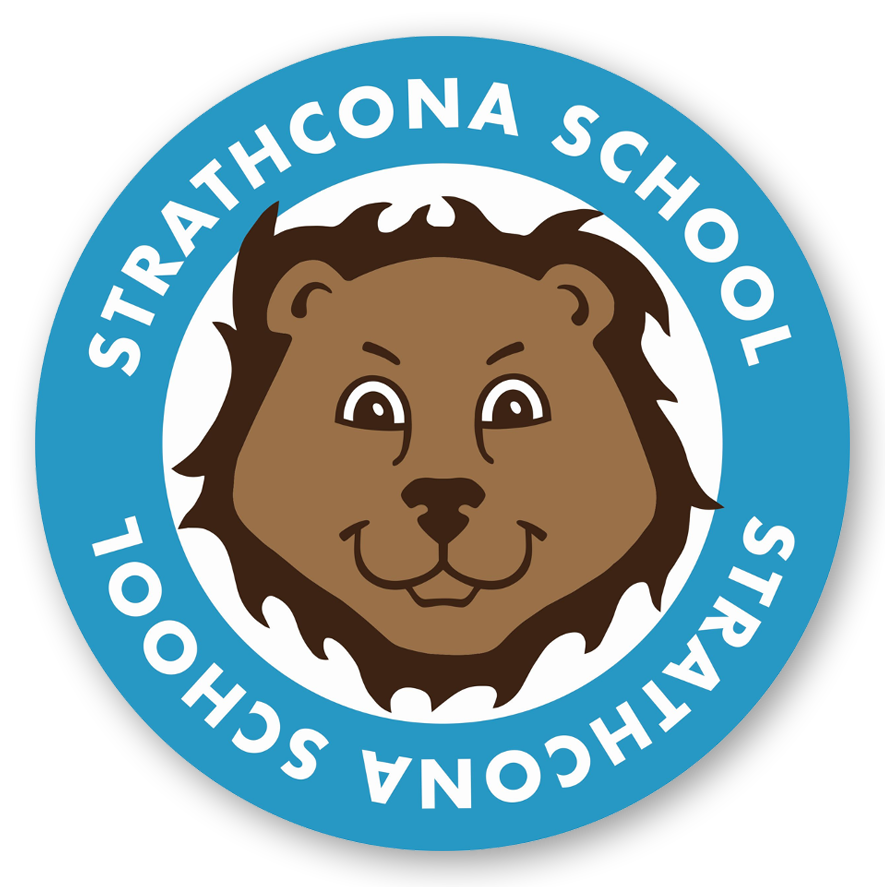History of Strathcona School
February 5, 2021
 Strathcona opened as a ten room school in March 1905 and was located in a sparsely settled area in the northwest part of the city. There was a narrow fringe of territory along the railway tracks occupied by English-speaking people who were mostly railway men and their families, and beyond that there were only market gardens and dairy farms. Built for an enrolment of 450, Strathcona had only 300 students in its first year, nearly all of whom were of English-speaking origin. By the end of second year, the enrolment was over 400, as English-speaking people began to move out of the area and other immigrants arrived in large numbers. At the end of the third year, there were nearly 900 students, 90 percent of whom were non-English. At one time, notes sent home to parents were printed in four languages. A further addition of ten rooms was made in 1911, due to the increasing pressure of the growing population.
Strathcona opened as a ten room school in March 1905 and was located in a sparsely settled area in the northwest part of the city. There was a narrow fringe of territory along the railway tracks occupied by English-speaking people who were mostly railway men and their families, and beyond that there were only market gardens and dairy farms. Built for an enrolment of 450, Strathcona had only 300 students in its first year, nearly all of whom were of English-speaking origin. By the end of second year, the enrolment was over 400, as English-speaking people began to move out of the area and other immigrants arrived in large numbers. At the end of the third year, there were nearly 900 students, 90 percent of whom were non-English. At one time, notes sent home to parents were printed in four languages. A further addition of ten rooms was made in 1911, due to the increasing pressure of the growing population. The early history of Strathcona is largely influenced by its first principal, W.J. Sisler. In 1901, Sisler was appointed Manual Training Instructor at Machray School. Sisler was a leader in the assimilation of the many Europeans who came to north Winnipeg between 1905 and 1920. His book, Peaceful Invasion, details this phase of our history. The name of A.E. Hearn, principal of Aberdeen School for more than 30 years, deserves to be remembered with that of Sisler in carrying out this important work for north Winnipeg. One day in 1955, when Sisler was 85 years old, he spoke about his years at Strathcona School (An Apple for the Teacher, pg. 63-66):
“The first of the immigrants to enrol were the Jewish children, age 6 to 20. They were followed by the German-speaking, then the Slavs, mostly Ukrainians. Our great problem, of course, was language. Imagine a young teacher facing 50 or more pupils who couldn’t understand her—in many cases couldn’t understand each other—there might be 20 different languages spoken in in the class. We had to find a way to teach them.
“We were told that we would have to segregate them into language groups, but with so many languages that was impossible. So we decided to try the simple method of direct language teaching, and not use the rigid word list, as in the phonic method then stressed in Winnipeg. “We tried it and it worked. We taught them to speak, read, write and spell through the medium of objects seen and actions gone through in the classroom, grounds, home, and with pictures. Reading lessons were composed as they learned to speak. The lessons were written first on the blackboard, then learned, by means of various devices... “We broke our lessons with action songs like ‘London Bridge’ and encouraged pupils to take music lessons. “...we conducted nature study by having them become gardeners. They drew plans for the school garden, each child, to the extent space would allow, having his own plot. Some of the older boys cultivated land as far as two miles away. “And we found that gardening was an effective means of inculcating an attitude of self-discipline. A child who ‘owns’ a garden plot is proud of it, wants to keep cultivated and orderly, develops a respect for other people’s property, and takes good care of things like tools which he owns in common with others. And when his parents come to the school, perhaps for the first time, to see his exhibits, his pride in his achievement is likely to be a lasting experience. “Then there was military drill. How proud these sons of peasants were in their brightly-colored cadet uniforms and they excelled here too. To their fathers the British Empire and its military might had been something awe-inspiring and now they themselves were outshining the sons of the Canadian British.
“During the first year one thing disturbed us. Although we had a few pupils as old as 21 we knew that most of the older brothers and sisters of our pupils were out working and not learning English or getting even a rudimentary education; and many of our own students had to leave at age 14 or earlier to go to work. In 1907 the Board corrected that situation by establishing Evening Schools. The first night we had 200 eager applicants, mostly working men but some girls and married women; day-pupils would bring their mothers by the hand and sit beside them and help them. In a few years we had 500 in the evening school... “And today, looking back after half a century—well, I’m both proud and not-so-proud. We made many mistakes, our only excuse being that we were ‘flying blind’.
Other schools in the area profited by our experience... Strathcona wasn’t alone in this missionary effort. We were just the trail-blazers.”
In 1962, the aging school was replaced with a new two-storey building, which included twenty-one classrooms, an office area and a gymnasium. A general purpose area along with community recreation space was added in 1972. A further addition in 1986 added a multipurpose room.


